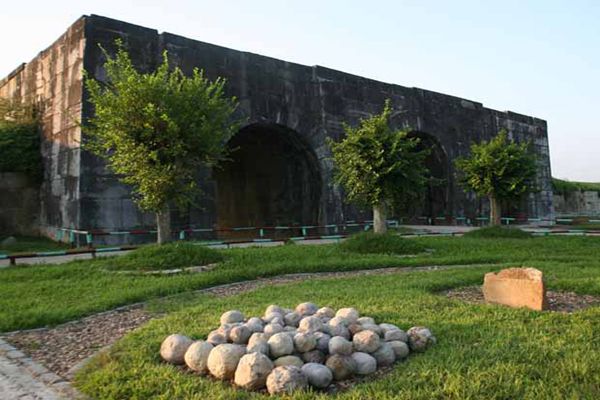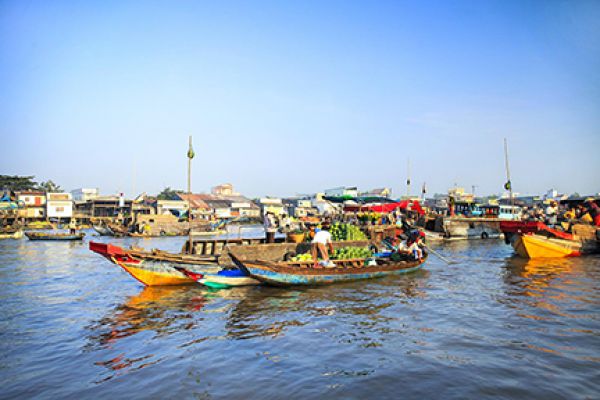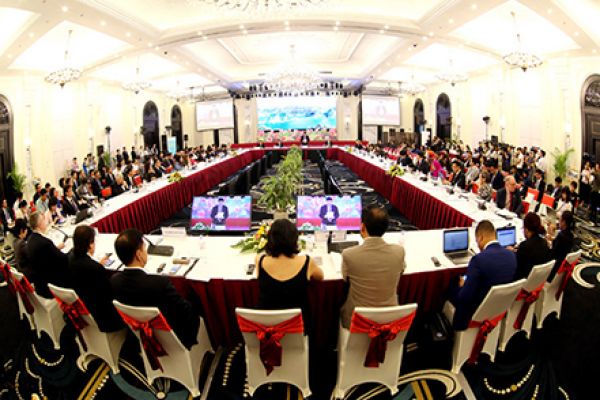
The plan was announced at a ceremony held in Phu Dong commune, Gia Lam district of Hanoi to receive the certificate of recognition of the UNESCO title. At the ceremony, UNESCO Chief Representative in Hanoi Katherine Muller-Marin stressed that the Giong festival has been deeply impressed in the life of residents in the The ceremony was held in an open air of a northern countryside with an incense offering to Saint Giong at the beginning and then, the performances of ceremonies of the festival. UNESCO officially honoured The festival was The other sites include 82 steles engraved with names of doctorate holders for centuries in the Van Mieu-Quoc Tu Giam, The Giong festival is held annually in several parts of northern Legend has it that under the sixth King Hung’s reign (around 500 BC) A little boy, who was unable to crawl, roll over and say a single word at the age of three, had surprisingly grown up to a giant man in just several days after getting news on the foreign invasion. He used local bushes of bamboo to defeat aggressors and flew into the sky with his iron horse after the final victory. In order to show their gratitude to the hero of Giong village, people proclaimed him Saint Giong. The festival meets all qualifications for an intangible cultural heritage of humanity as it has been conserved by the community as part of the national cultural identity, handed down from generations to generations, holds creativeness of humanity and represents aspiration for prosperity by every family and peace for the nation and the world. Collecting ideas about The Ministry of Culture, Sports and Tourism has collected ideas about Vietnam’s national flower from visitors to the festival of spring flowers and drinkings for Tet opened on January 2nd at No 2, Hoa Lu street, Hanoi. In April 2010, the national flower project was established with many proposals for flowers such as apricot, peach and lotus. Discussion showed that each flower has its own beauty and meaning. According to Vi Kien Thanh, Chief of the Ministry of Culture, Sports and Tourism’s (MoCST) Art, Photography and Exhibition Department, in an interview with an online newspaper on January 20, there are six standards considered as criteria set by by the MoCST to select the national flower of The MoCST held a selection for national flower on the Internet. Up to December 2010, 40.3% voted for pink lotus, 33.6% for apricot, 8.2 for peach and 0.6% for nenuphar. Culture of A new book about The book sytematically features economic, cultural and social life of There are also 150 photos and illustrated drawings and a map of ethnic minority groups using the Tay-Thai language in northern moutainous provinces. Dr. Y compiled the book based on his field trips over the past 30 years and acquired knowledge from former ethnologists. With a population of about 1,500,000 inhabitants, the Ancestor worship is the religious rite of the The |
| Source: CPV |










(84-63) 3 826042 – (84-63) 3 511142
No 54 Nguyen Dinh Chieu, Ham Tien Central Mui Ne Beach Binh Thuan Vietnam
523 To Hien Thanh District 10 Ho Chi Minh City Vietnam
Ha Long Halong City Quang Ninh Vietnam
A13 Hung Thong 2 Halong City Quang Ninh Vietnam




